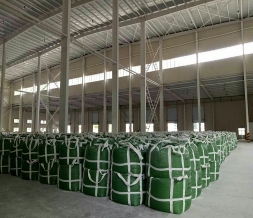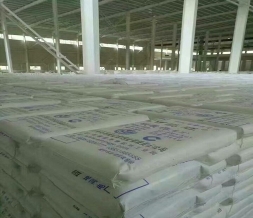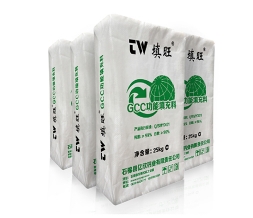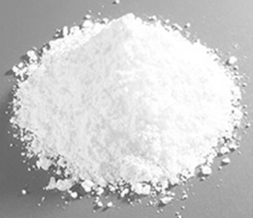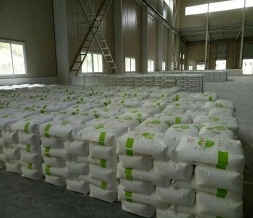Calcium Carbonate is an important and versatile inorganic salt. Heavy
Calcium Carbonate, also known as Ground Calcium Carbonate (GCC American called
Kotamite), is produced by mechanically pulverizing natural calcite, limestone,
chalk, shells, and the like. Since its sedimentation volume (1.1-1.9 mL/g/g) is
smaller than the chemically produced light calcium carbonate sedimentation
volume (2.4-2.8 mL/g), it is called heavy calcium carbonate.
[Physicochemical properties] The chemical formula of calcium carbonate is
caco3. The crystals mainly include calcite and orthorhombic agglomerates. At
normal temperature and pressure, calcite is stable and aragonite is
quasi-stable. Currently mainly based on calcite.
Under normal pressure, calcite is heated to 898 °C, aragonite is heated to
825 °C, and will be decomposed into calcium oxide and carbon dioxide; calcium
carbonate reacts with all strong acids to form water and corresponding calcium
salts (such as calcium chloride CaCl2). The air-saturated carbonic acid is at
room temperature (25 ° C), the concentration of the calcium carbonate in water
is 8. 7 × 1029, the solubility is 0. 0014, the pH of the aqueous calcium
carbonate solution is 9. 5 ~ 10. 2, air saturated carbonic acid至8. 6。 The pH of
the aqueous solution is 8. 0~8. 6 . 5。 2. Calcium carbonate is non-toxic,
odorless, non-irritating, usually white, relative density of 2. 7~2. The Mohs
hardness is 3, and the aragonite is 3. 5~4. Calcite has three sets of
rhombohedrons completely cleavage, and aragonite also has cleavage. The
sedimentation volume of heavy calcium carbonate: 1. 2~1. 9ml / g, the specific
surface area is about 1m2 / g; heavy calcium carbonate due to large particles,
smooth surface, small specific surface area, so the oil absorption value is
lower, 48ml / About 100g. There are two production processes for heavy calcium
carbonate.
Dry production process: firstly select calcite, limestone, chalk, shells,
etc. from the quarry to remove the gangue; then crush the limestone with a
crusher and then crush it with a Raymond (pendulum) mill The fine limestone
powder is obtained, and finally the milling powder is classified by a
classifier, and the powder meeting the particle size requirement is packaged as
a product, otherwise it is returned to the milling machine for re-grinding.
Wet production process: firstly, the dry fine powder is suspended in a mill
and further pulverized, and after dehydration and drying, ultrafine heavy
calcium carbonate is obtained.
[Particle shape] The shape of heavy calcium carbonate is irregular, the
particle size difference is large, and the particles have a certain angularity,
the surface is rough, the particle size distribution is wide, the particle size
is large, and the average particle size is generally 1 ~10μm. Heavy calcium
carbonate is divided into coarsely ground calcium carbonate (> 3μm), finely
ground calcium carbonate (1~3μm) and ultrafine calcium carbonate (0.5~1μm heavy
calcium carbonate according to its original average particle size (d). Powder
characteristics: a. Irregular particle shape; b. Wide particle size
distribution; c. Large particle size.
[Applications] At present, calcium carbonate has been widely used in paper,
plastic, plastic film, chemical fiber, rubber, adhesives, sealants, household
chemicals, cosmetics, building materials, paints, paints, inks, putties, sealing
wax, putty, felt In layer packaging, medicine, food (such as chewing gum,
chocolate), feed, its role is: increase product volume, reduce costs, improve
processing properties (such as viscosity, rheological properties, vulcanization
properties), improve dimensional stability, reinforcement Or semi-reinforcing,
improve printing performance, improve physical properties (such as heat
resistance, matting, abrasion resistance, flame retardancy, whiteness,
gloss).



